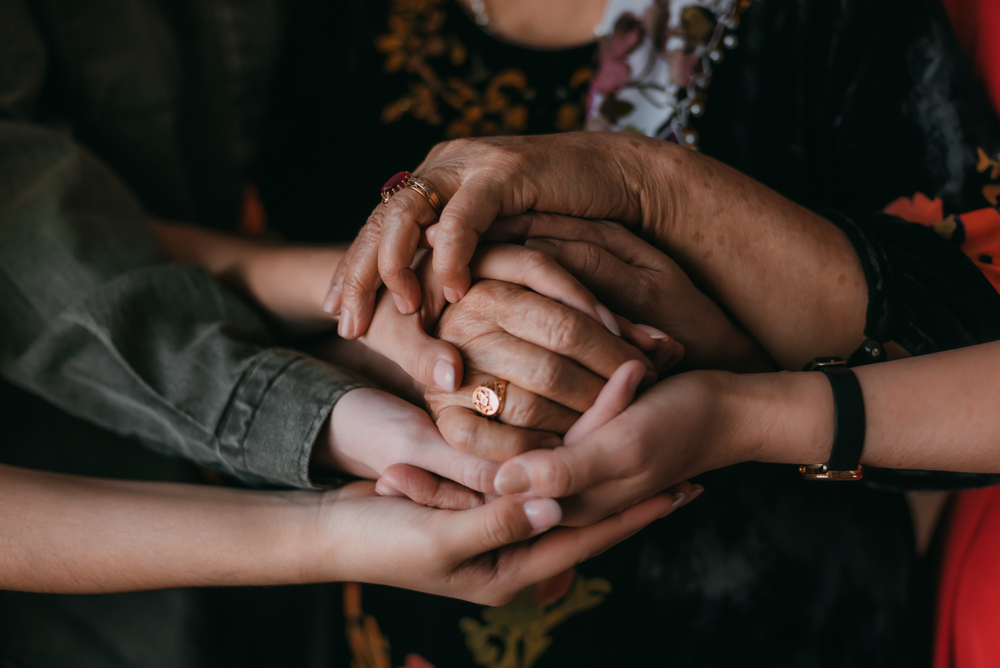- There is a recognised need to build diverse and cross-regional coalitions, to counter polarisation and to look for opportunities to work more effectively to promote and protect human rights. More regular dialogue, perhaps in neutral settings, could be useful with non-traditional allies. There should be conscious efforts to include smaller states.
- In seeking greater dialogue, there needs to be reflection on the roots of mistrust, a recognition of others’ histories, on a non-selective basis, and the difficult issues that arise from the historical record, including slavery and colonialism. Building trust is a long-term project wich requires honest communication, self-awareness, self-criticism and acknowledgement of mistakes or failures. Sensitivity to representation in the decision-making structures of international bodies, and their inclusivity, are also issues.
- Practical questions arise when constructing new alliances. Should these be guided by principle or pragmatism? There may not be agreement on everything, although should there perhaps be a bottom line as cooperation could otherwise become meaningless? A step-by-step approach is advisable, which requires improved collaboration among diplomats in capitals. A useful distinction was identified between tactical collaboration, generally covering a particular issue, where there is a shared goal, and strategic partnership, with a higher level of trust and a shared vision. New alliances should be based on dialogue which identifies common ground. Shared commitments under international law are one such starting point.
“Building trust is a long-term project which requires honest communication, self-awareness, self-criticism and acknowledgement of mistakes or failures.”
- The need to build and sustain trust is not only confined to governments. Trust may also break down between governments and (international) non-governmental organisations on the one hand, and local human rights activists on the other. Or within the non-governmental community itself.
- Civil society organisations also benefit from working in alliances. For example, there is widespread concern that gender equality is being dismantled, with opponents of the concept in some instances using state institutions, including courts, as a tool. Continuing discriminatory gender norms, compounded by the impact of the recent pandemic and the widespread economic downturn, have had disproportionate impact on women’s equality. There need to be champions of equality in state bodies, and gender bias in institutions must be challenged. While local feminist movements need dedicated financial support,2 there is strong impetus to work cooperatively with others and avoid silos.
- Conservative religious groups have weaponised gender rights. They are courted by a range of governments and have become influential in UN fora. That said, most faith groups are also human rights advocates. Multireligious groups can be highly effective in their work, including on gender equality. Faith groups involving LGBTQI persons also have a role.
“there is widespread concern that gender equality is being dismantled, with opponents of the concept in some instances using state institutions, including courts, as a tool”
- There has been immense progress in advancing disability rights since the 1990s, and the adoption in 2006 of the UN Convention on the Rights of Persons with Disabilities was instrumental in this. While the disability community active in international fora is highly united, and unable to concede on principles, it essentially constitutes “a bubble within a bubble”. It needs to reach out to actors beyond its constituency. Such solidarity with others will avoid any playing off one group against another in pursuit of financial and other advantage.3
- Despite new funding commitments made, women’s rights organisations receive only 0.13% of the total Overseas Development Assistance, and only 0.42% of foundation grants are allocated towards women’s rights, Association for Women’s Rights in Development, ‘Where is the money for feminist organising?’, 2021
- Just 0.1% of all international aid since 2012 was allocated to projects with a primary focus on disability, Bond, ‘Disability inclusion: the mismatch between commitments and investment’, authors Yasmin Jeffery and Sara Gwynn, 22 August 2023
